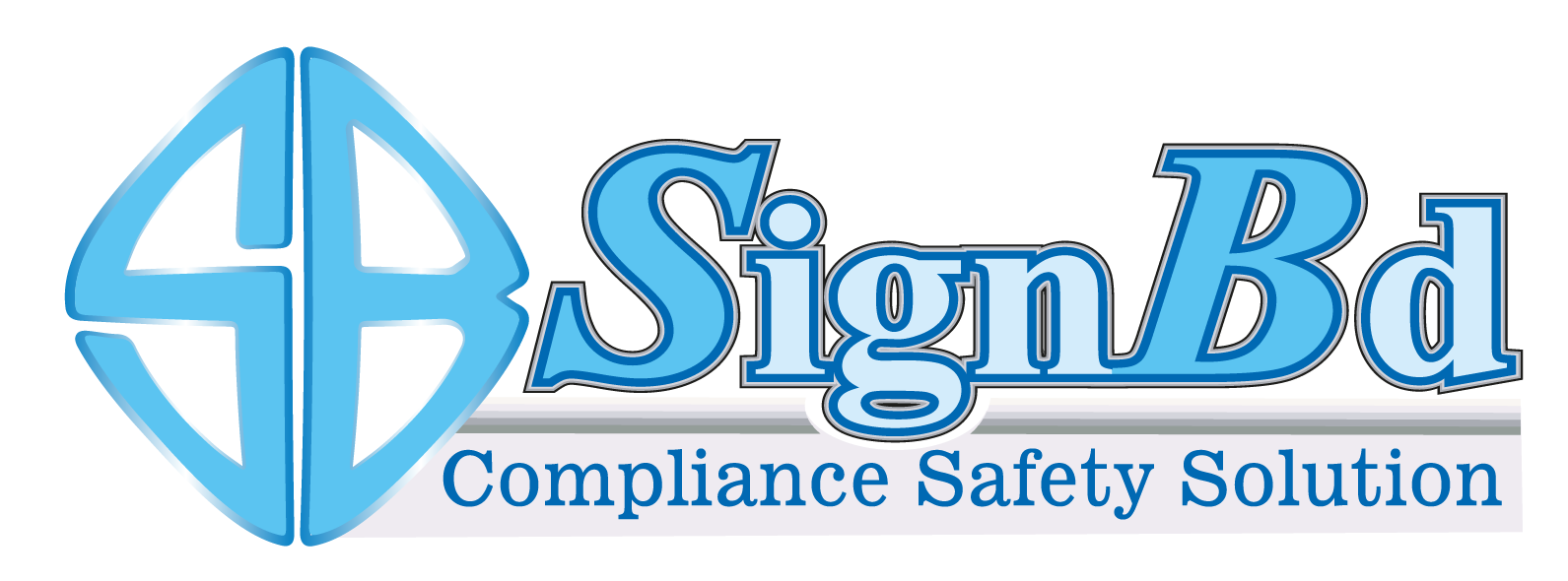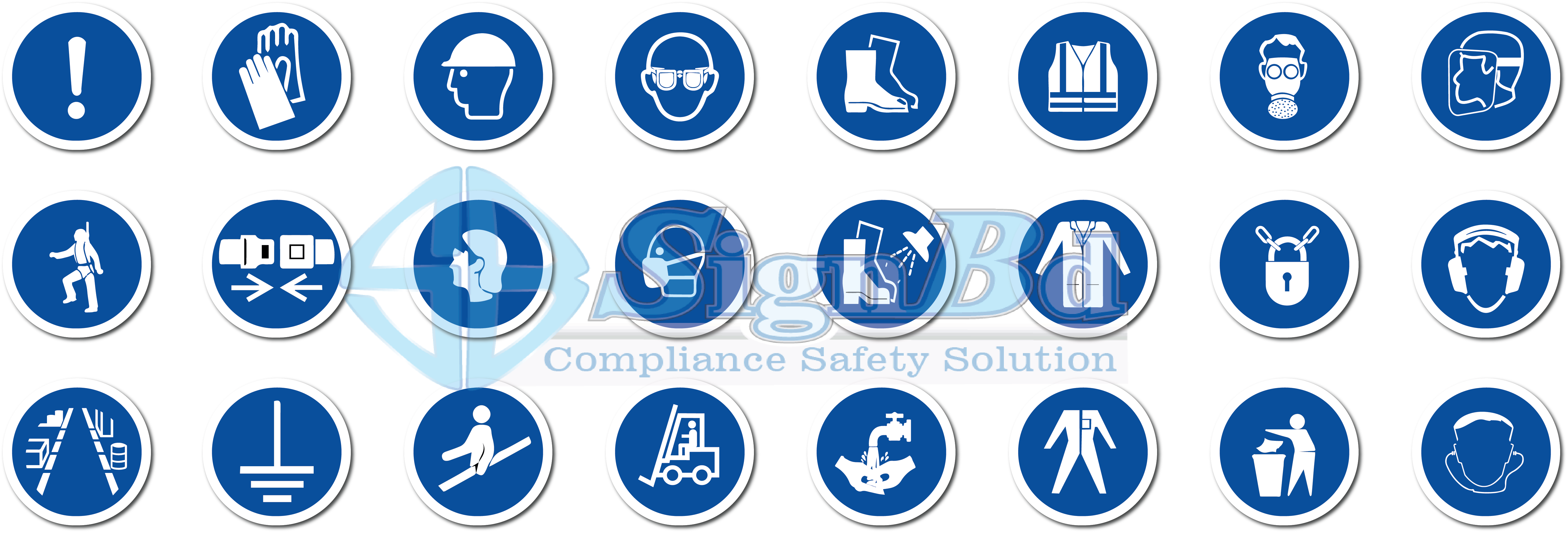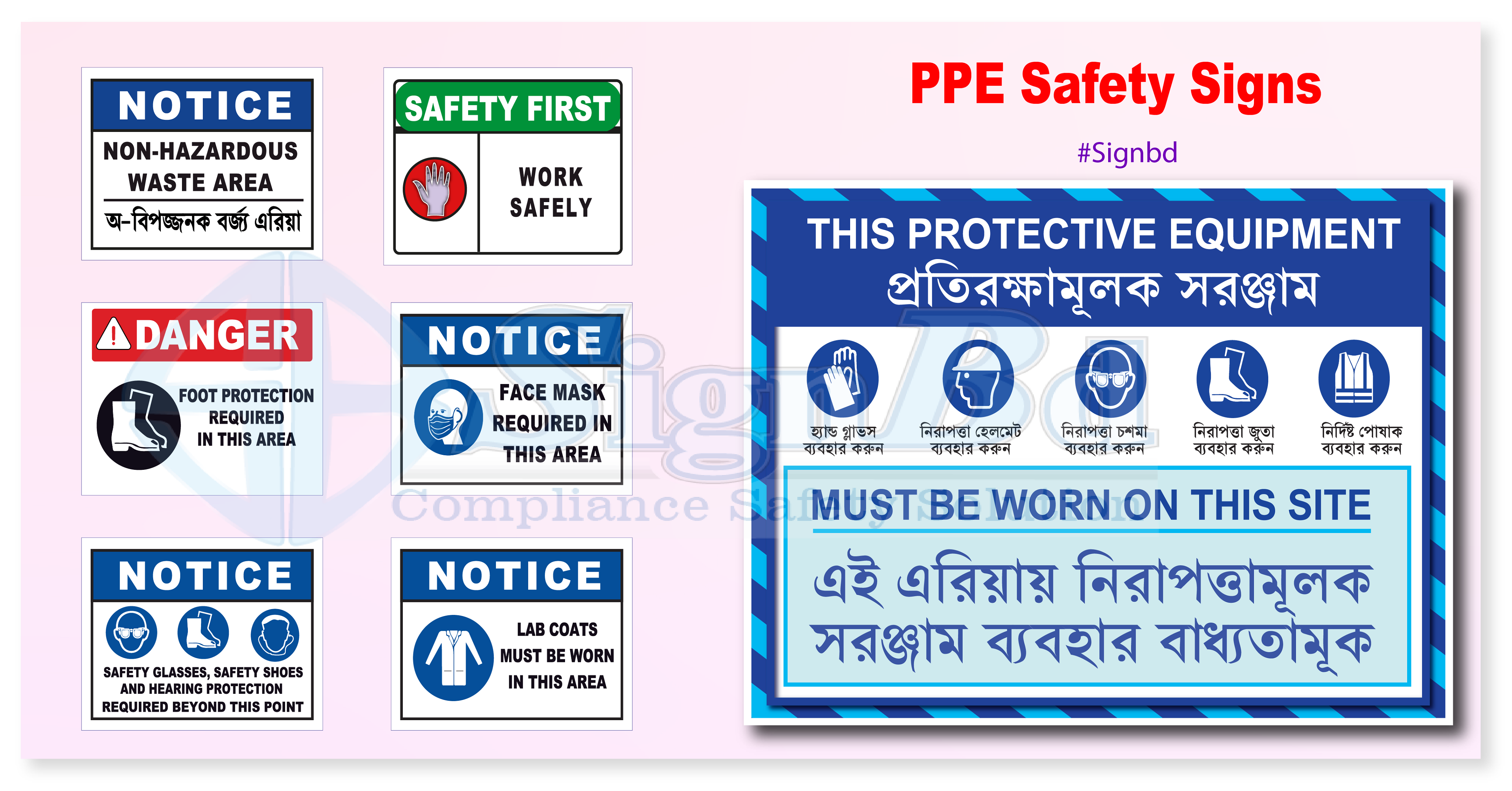+8801600371198
sign_bd@yahoo.com
Account Login
Blog
Home>>Compliance Safety Signs>>Workplace Harassments Sign
Workplace Harassment Signs
Recognizing and Addressing Workplace Harassment
Workplace harassment remains a pressing issue, impacting the well-being and productivity of employees. Identifying and combating these problems is crucial for fostering a healthy and inclusive work environment. This article highlights the warning signs of workplace harassment and outlines effective measures to address it, especially within the Ready-Made Garment (RMG) sector.
Recognizing the Signs of Workplace Harassment
Understanding the indicators of workplace harassment is essential for early intervention. Women in the workforce, particularly in the RMG sector, often experience various forms of harassment. Organizations combat these issues through structured grievance procedures, including Sexual Harassment Complaints Committees, Participation Committees, and Complaint and Suggestion Boxes.
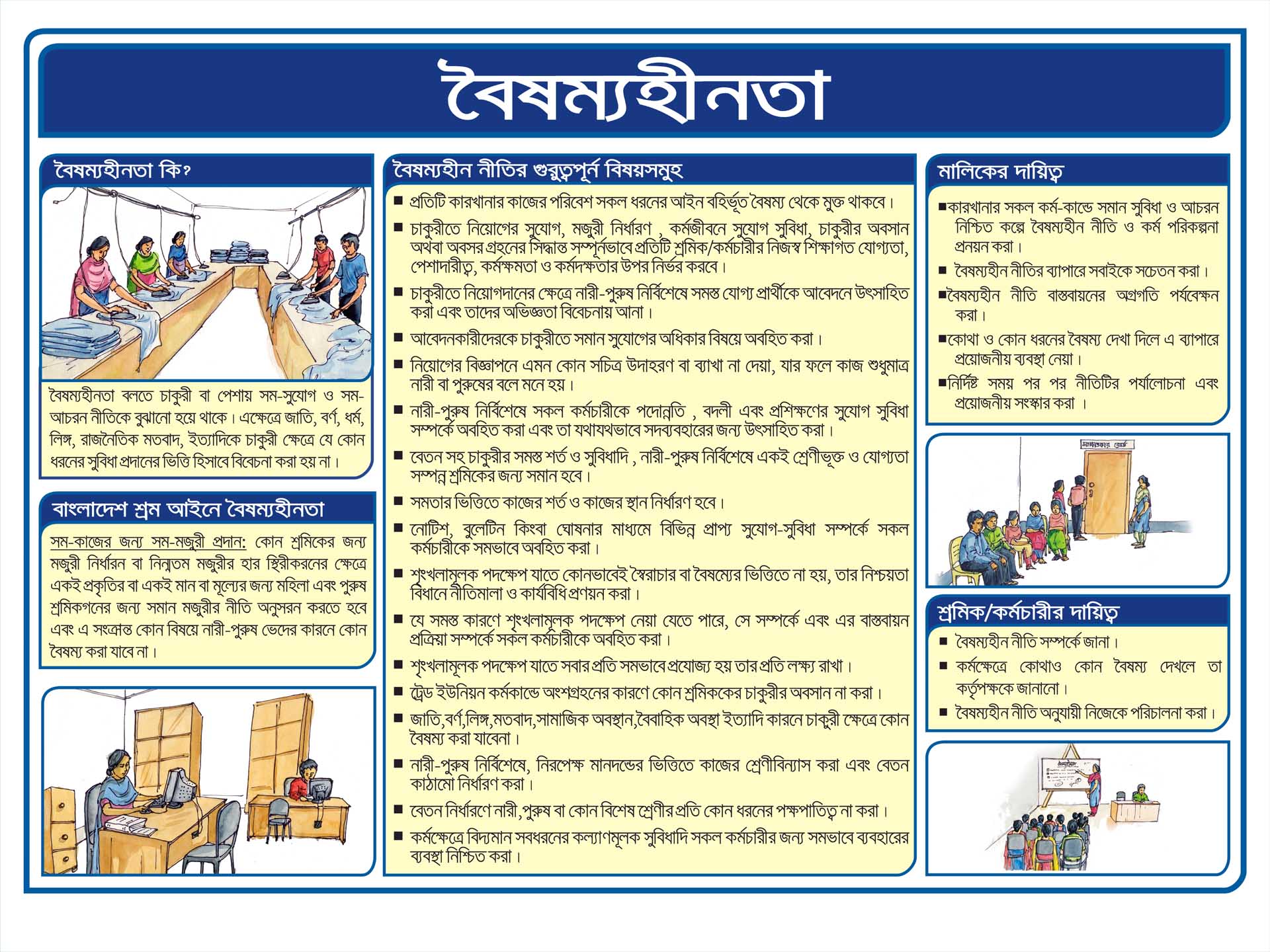
Types of Workplace Harassment
Discriminatory Harassment
Discriminatory Harassment occurs when employees face unfair treatment based on gender, race, disability, or age. This form of harassment undermines the morale and productivity of affected individuals.
Gender Discrimination:
Women frequently encounter gender-based discrimination, which manifests as unequal treatment, biased decision-making, and exclusion from opportunities.
Racial Harassment: This involves discriminatory behavior towards individuals based on their race or ethnicity, leading to psychological distress and a hostile work environment.
Disability-Based Harassment: Employees with disabilities often face undue hardship due to harassment, affecting their ability to work effectively.
Age-Based Harassment: Both older and younger employees may suffer from age-based discrimination, hindering their career progression and overall job satisfaction.
Personal Harassment
Personal Harassment stems from interpersonal conflicts, leading to unwarranted hostility and distress among employees.
Physical Harassment: This involves unwanted physical contact or threats, creating a physically unsafe workplace for victims.
Retaliatory Harassment: Employees who report harassment or discrimination may face retaliation, which discourages others from speaking out and perpetuates a culture of silence.
Psychological and Verbal Harassment
Psychological Harassment: Subtle yet harmful, this type of harassment affects mental health, causing long-term psychological damage.
Verbal Harassment: Abusive language, insults, and profanity directed at individuals constitute verbal harassment, which can be as damaging as physical forms.
Addressing Workplace Harassment
Creating a safe and inclusive workplace requires proactive measures to address harassment. Organizations should adopt comprehensive policies and procedures to tackle these issues effectively.
Establishing Clear Policies
Implementing clear anti-harassment policies and ensuring employees are aware of these guidelines is the first step towards prevention. Training programs can help employees understand acceptable behavior and the consequences of harassment.
Forming Support Committees
Support committees such as Sexual Harassment Complaints Committees play a crucial role in addressing grievances. These committees should consist of trained members who can handle complaints with sensitivity and confidentiality.
Encouraging Open Communication
Fostering an environment where employees feel comfortable reporting harassment is vital. Establishing anonymous reporting mechanisms, like suggestion boxes, can encourage more employees to come forward without fear of retaliation.
Ensuring Accountability
Holding perpetrators accountable is essential to prevent recurrence. Organizations must take swift and appropriate action against those found guilty of harassment, sending a clear message that such behavior will not be tolerated.
Conclusion:
By recognizing the signs of workplace harassment and implementing robust measures to address it, organizations can create safer and more inclusive work environments. Protecting employees from harassment not only enhances their well-being but also boosts productivity and morale, contributing to the overall success of the organization.
Workplace Harassment - Warning Signs
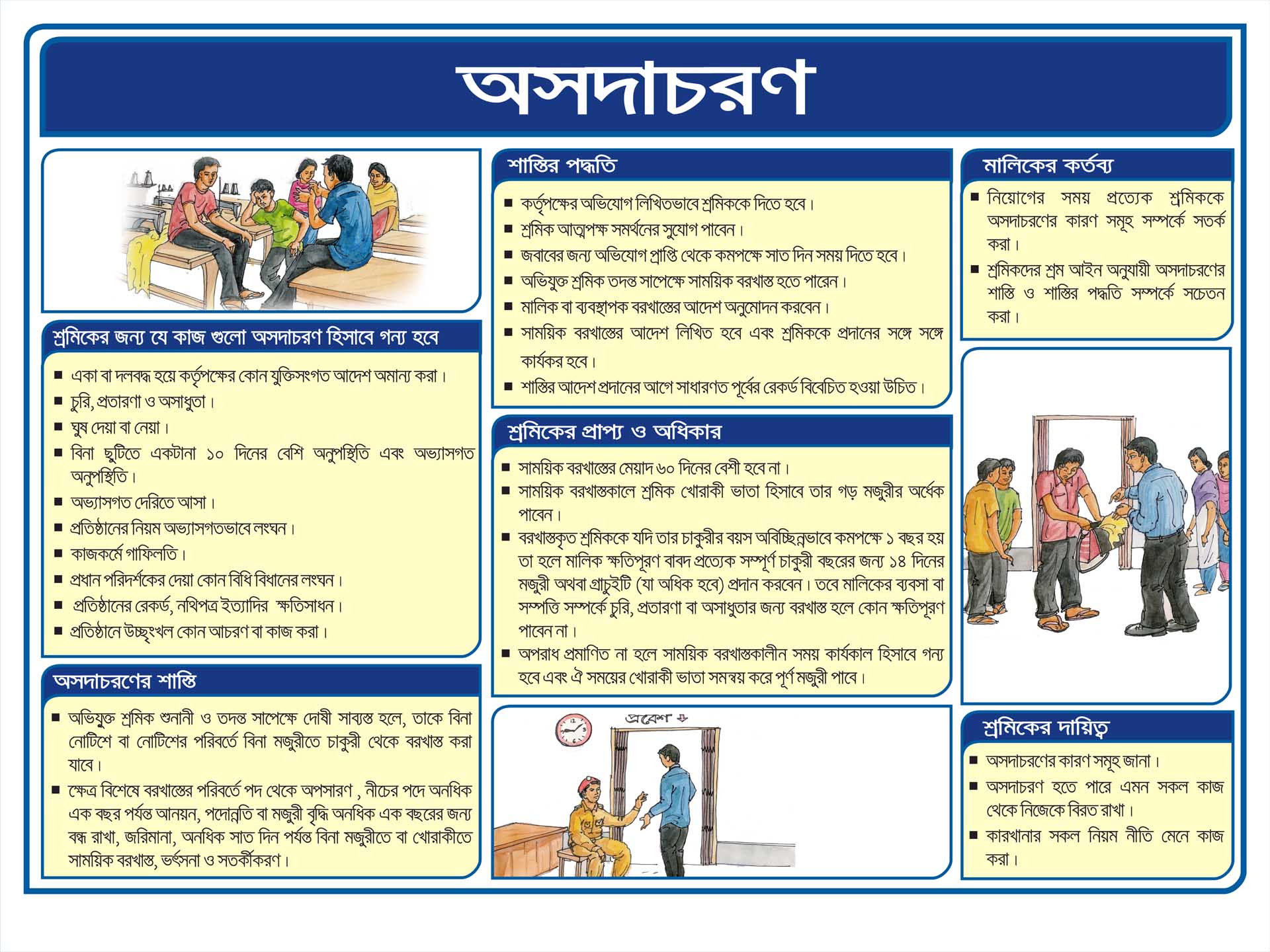
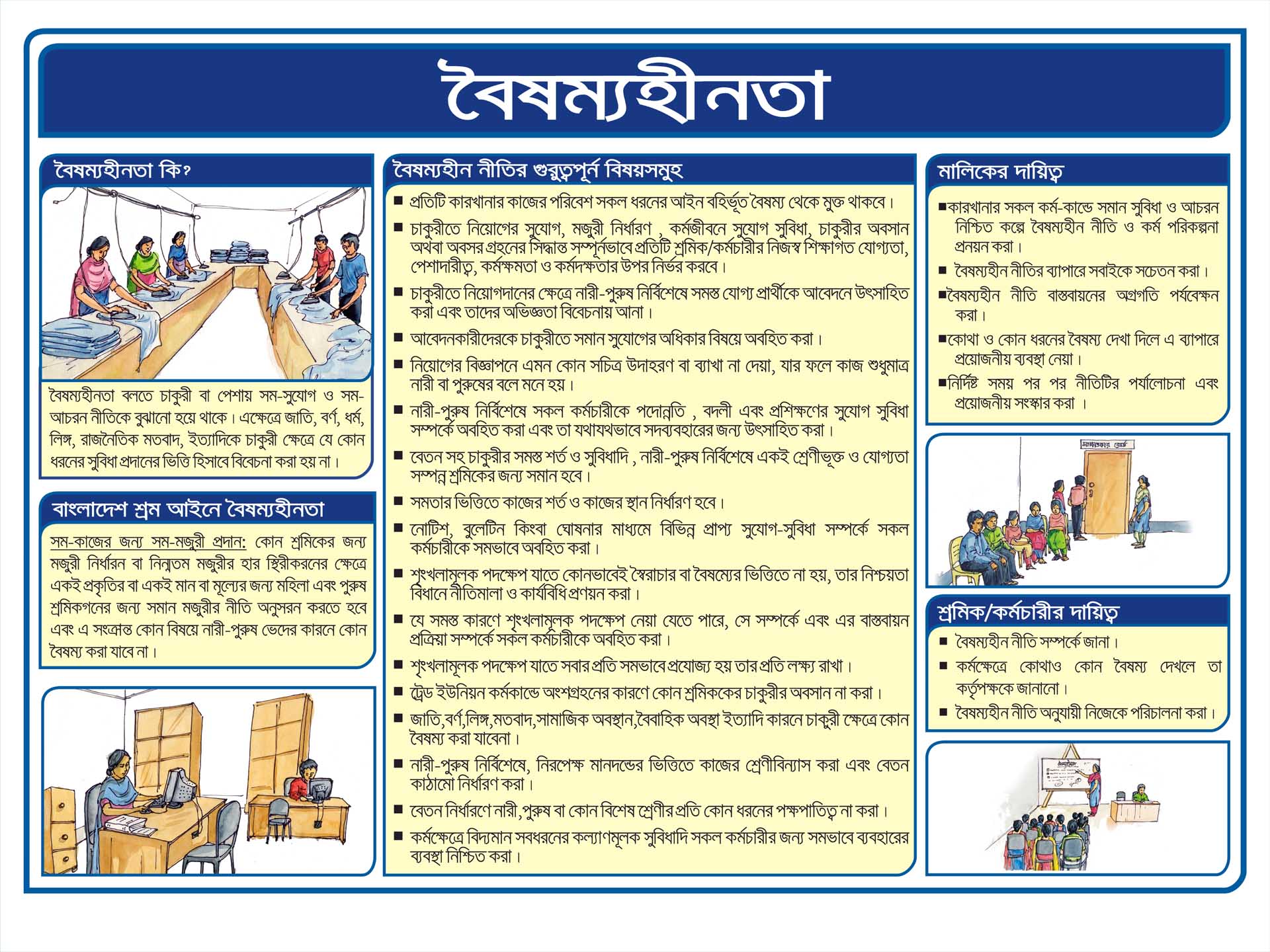

#WorkplaceHarassment #EmployeeRights #StopHarassment #WorkplaceEquality #SafeWorkplace #HarassmentAwareness #KnowYourRights #InclusiveWorkplace #GenderEquality #AntiHarassment #SpeakUp #HarassmentPrevention #WorkplaceSafety #HRPolicy #DiversityandInclusion #NoMoreHarassment #ReportHarassment #RespectAtWork #EmpowerEmployees #EqualityForAll

OSHA Safety Signs
OSHA Safety Signs: A Comprehensive Guide to Ensuring Workplace Safety
Understanding the critical role of OSHA safety signs in the workplace is essential. These signs fall into four main categories: Danger, Warning, Caution, and Notification. Each serves a unique purpose in addressing varying levels of risk. Why are OSHA standards vital for safeguarding employees and workers?
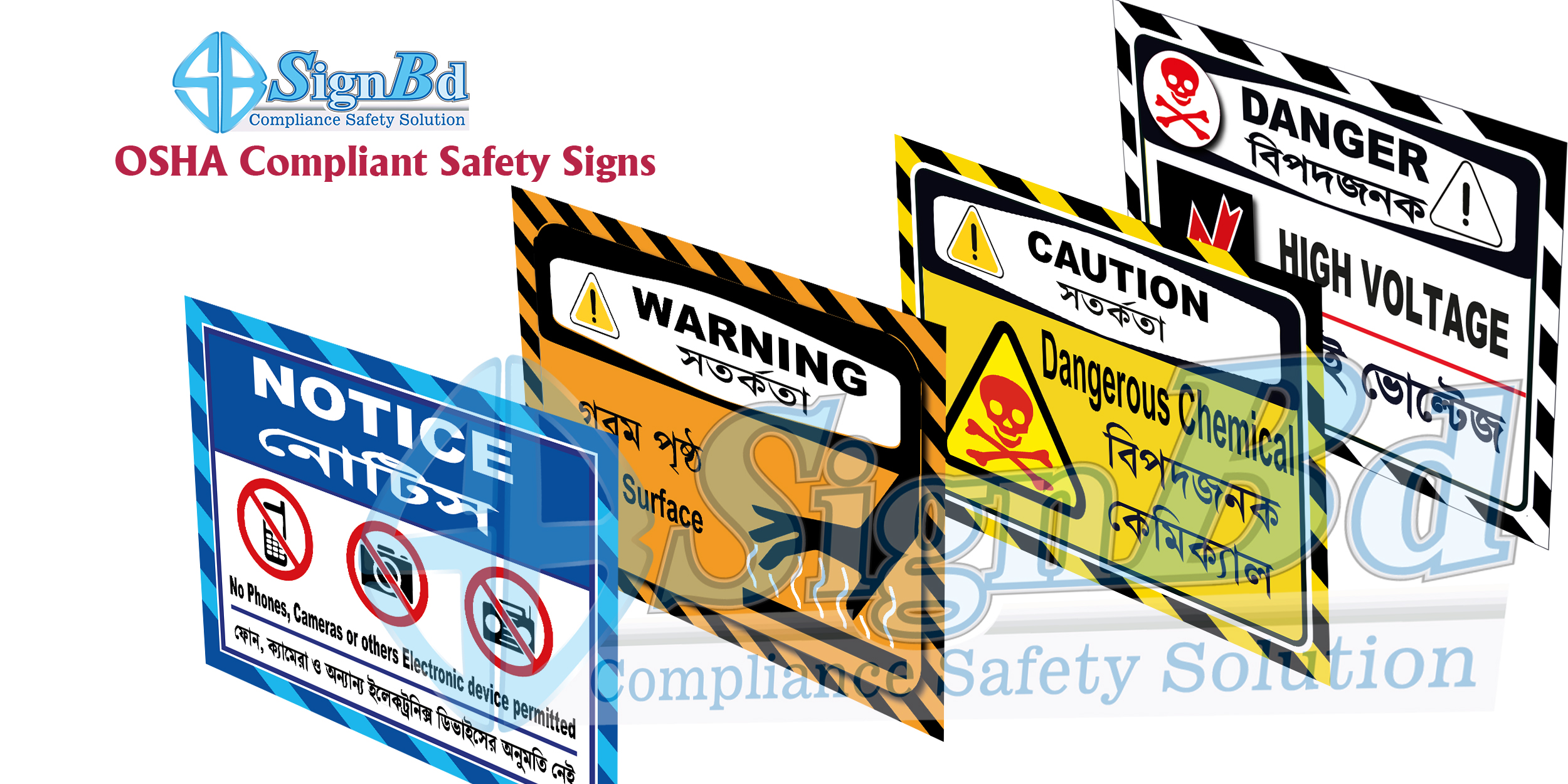

ANSI Safety Sign
Understanding and Implementing ANSI Safety Sign Standards
The American National Standards Institute (ANSI) sets the benchmark for safety and accident prevention through comprehensive guidelines, particularly ANSI Z535.4-2011 (R2017). These guidelines are crucial for creating effective safety signs and labels across various industries. Whether it’s a label or a sign, the primary goal is to convey critical safety information to comply with ANSI standards. Let’s delve into the importance of adhering to ANSI safety sign standards.
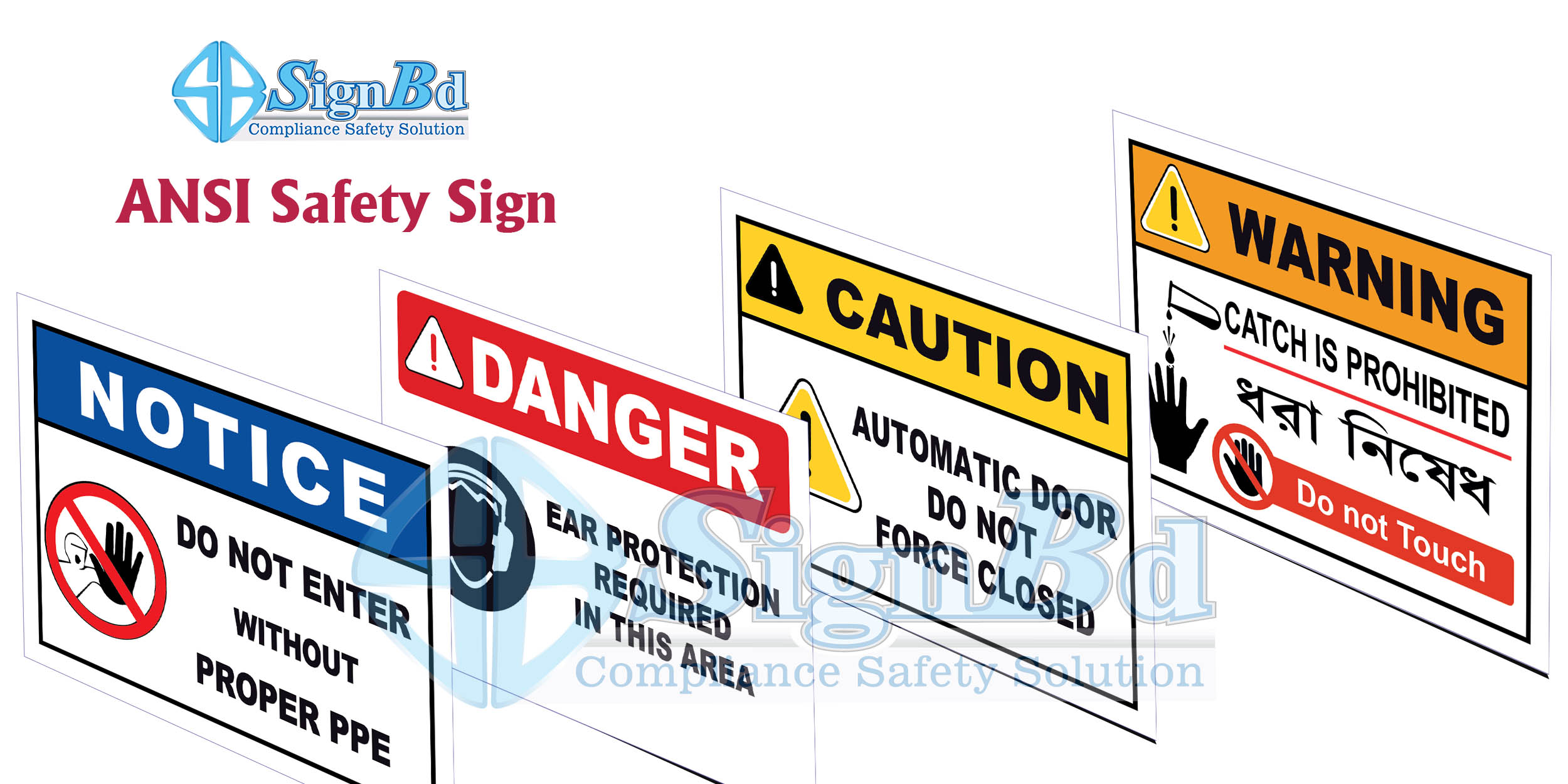

ISO Safety Signs
Enhancing Workplace Safety with ISO Safety Signs
In the modern workplace, safety is of utmost importance. One of the key elements in maintaining a safe environment is the use of ISO safety signs. These signs, governed by the ISO 7010 standard, are crucial for effective safety communication. They play a significant role in preventing accidents, ensuring fire safety, communicating health hazards, and facilitating emergency evacuations.

PPE Safety Sign
The Importance of PPE Safety Signs in the Workplace
What is PPE?
Personal Protective Equipment (PPE) refers to specialized clothing and equipment designed to shield the wearer from injury or infection. This includes items like protective clothing, helmets, gloves, goggles, and boots. PPE is crucial in various workplaces to protect workers from potential hazards such as chemical, radiological, physical, electrical, and mechanical dangers. Ensuring the use of PPE significantly reduces the risk of serious injuries and illnesses in the workplace.

The Essential Role of Caution Signs in Workplace Safety
Ensuring Safety Across Various Industries
In the world of industrial and manufacturing organizations, safety is paramount. Caution signs play an essential role in ensuring the well-being of employees and workers. This article delves into the significance of warning signs across various industries and how they contribute to workplace safety.
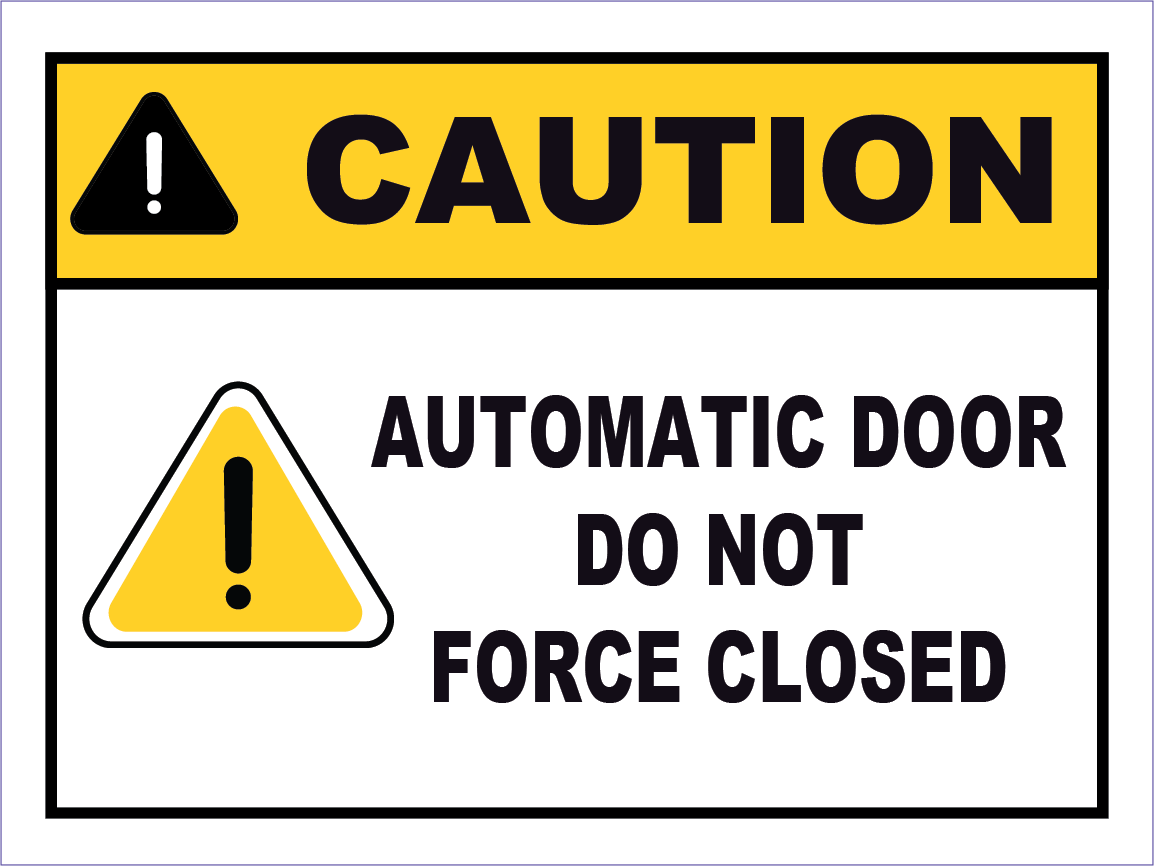
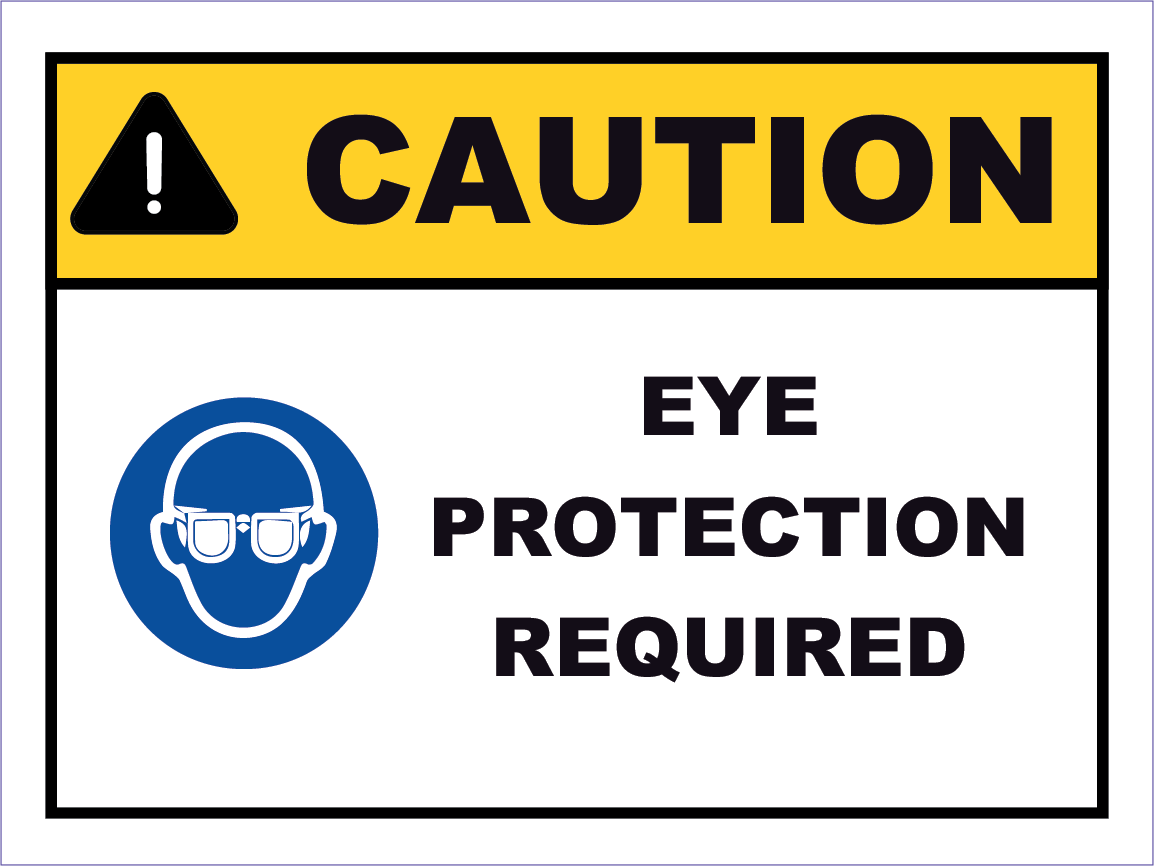
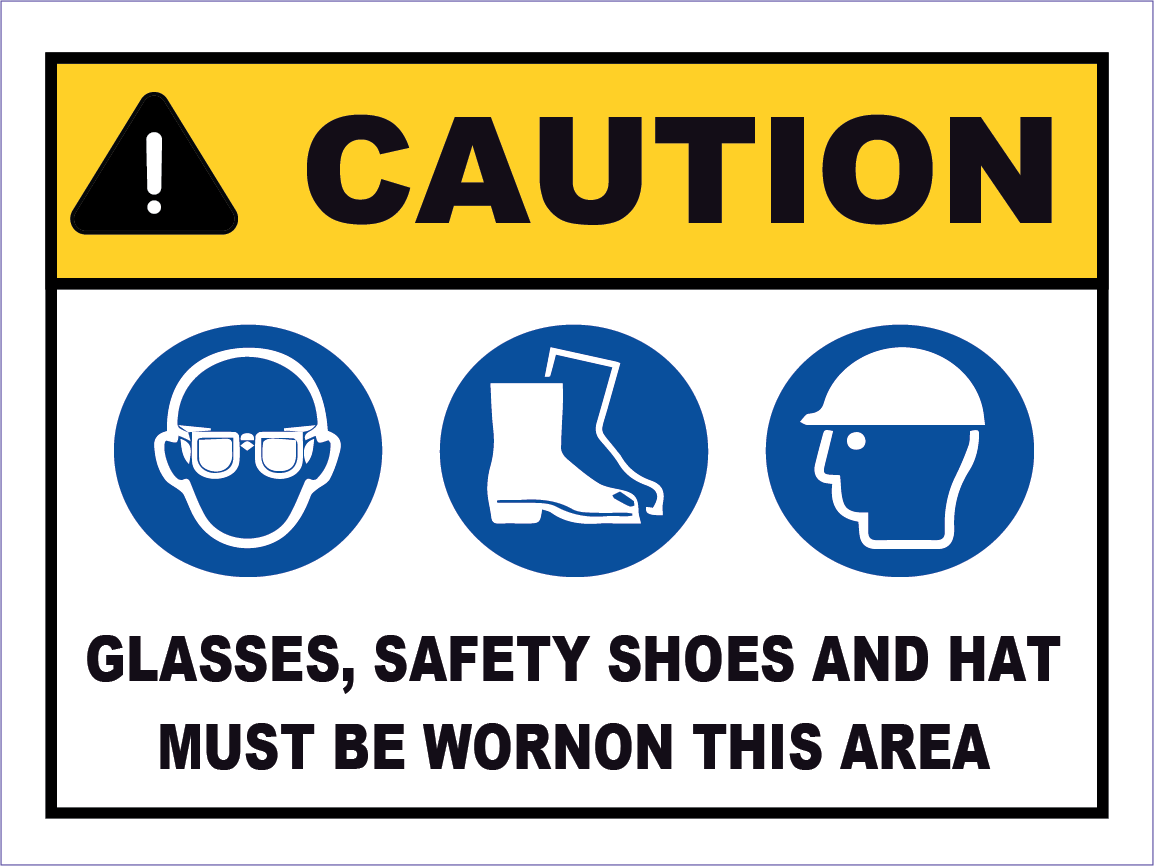
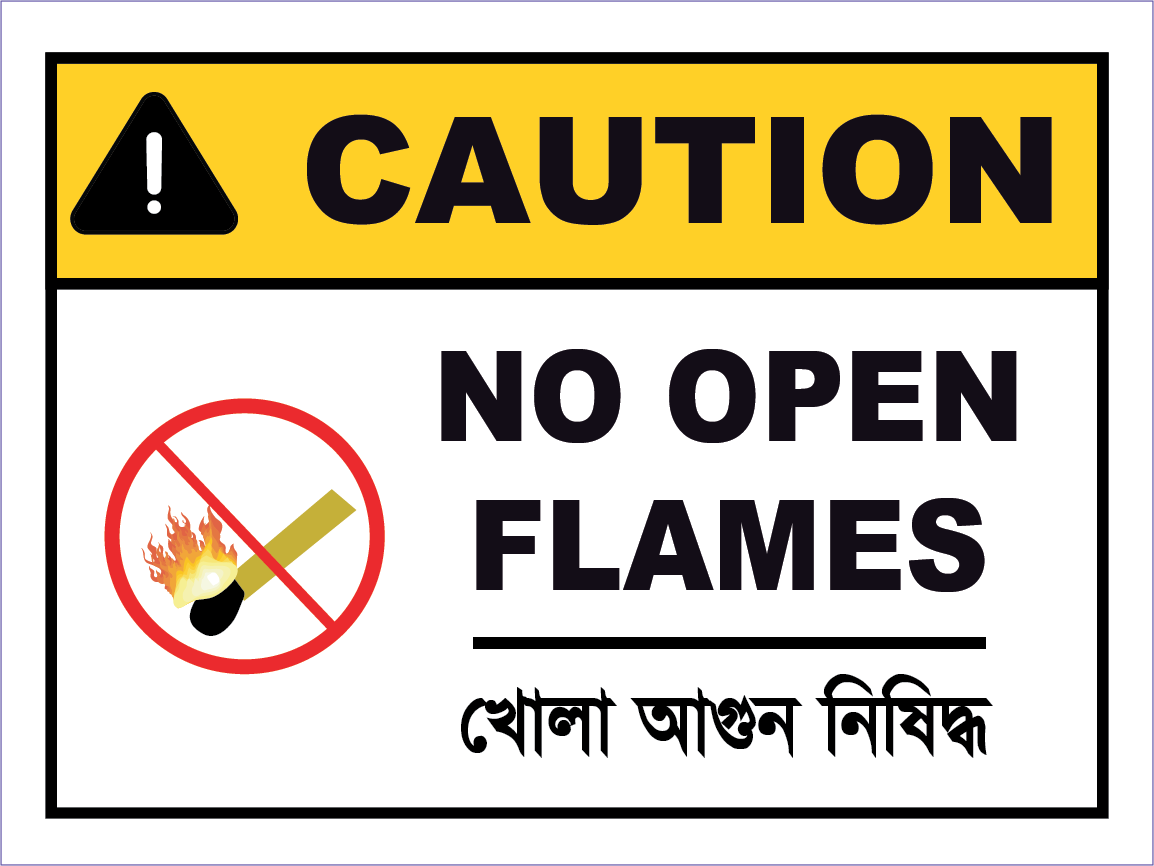
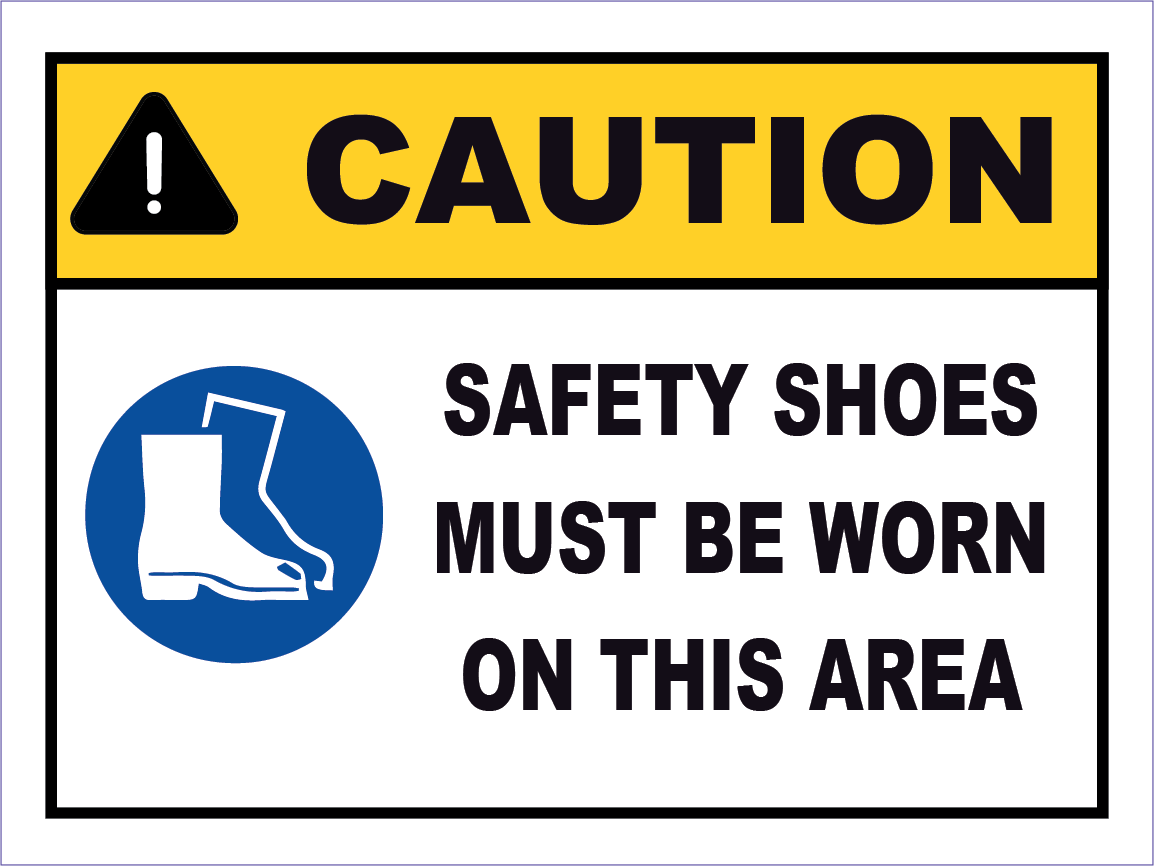

Bilingual Safety Signs
Danger Signs, Warning Signs, Mandatory Signs, Caution Signs, Prohibition Signs
Enhancing Workplace Safety with Bilingual Safety Signs
Introduction: The Importance of Bilingual Safety Signs
Effective communication in the workplace is crucial for ensuring safety, especially in multilingual environments. Bilingual safety signs are essential tools that help convey important safety information to all employees, regardless of their native language. This article delves into the significance of bilingual safety signs, including danger signs, warning signs, mandatory signs, and caution signs, across various industries.
Why Bilingual Safety Signs Matter
Bilingual safety signs act as universal communicators, ensuring that crucial safety information is accessible to everyone. Industries such as garment factories, dyeing and washing facilities, pharmaceutical companies, and tanneries rely heavily on these signs to maintain a safe working environment. These signs are not just visual aids; they are integral components of workplace safety.


Your Custom Evacuation Floor Plan Design
The Essential Guide to Fire Safety Evacuation Floor Plans
Ensuring the safety of employees in factories, industries, and companies worldwide hinges on having a meticulously designed fire safety evacuation floor plan. This article delves into the critical nature of these plans, particularly in compliance with US and European standards, and emphasizes their role in safeguarding worker and personnel safety.
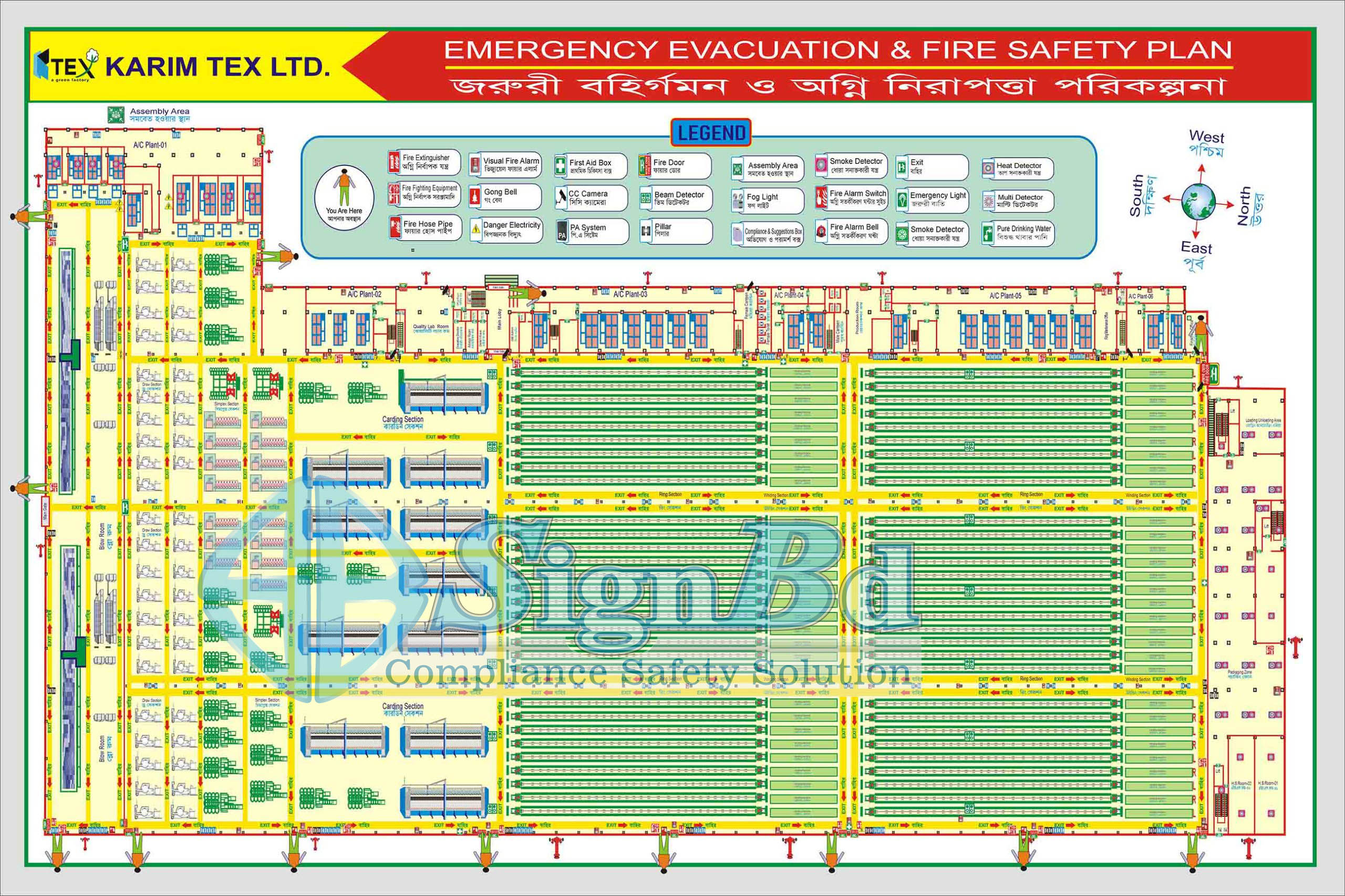
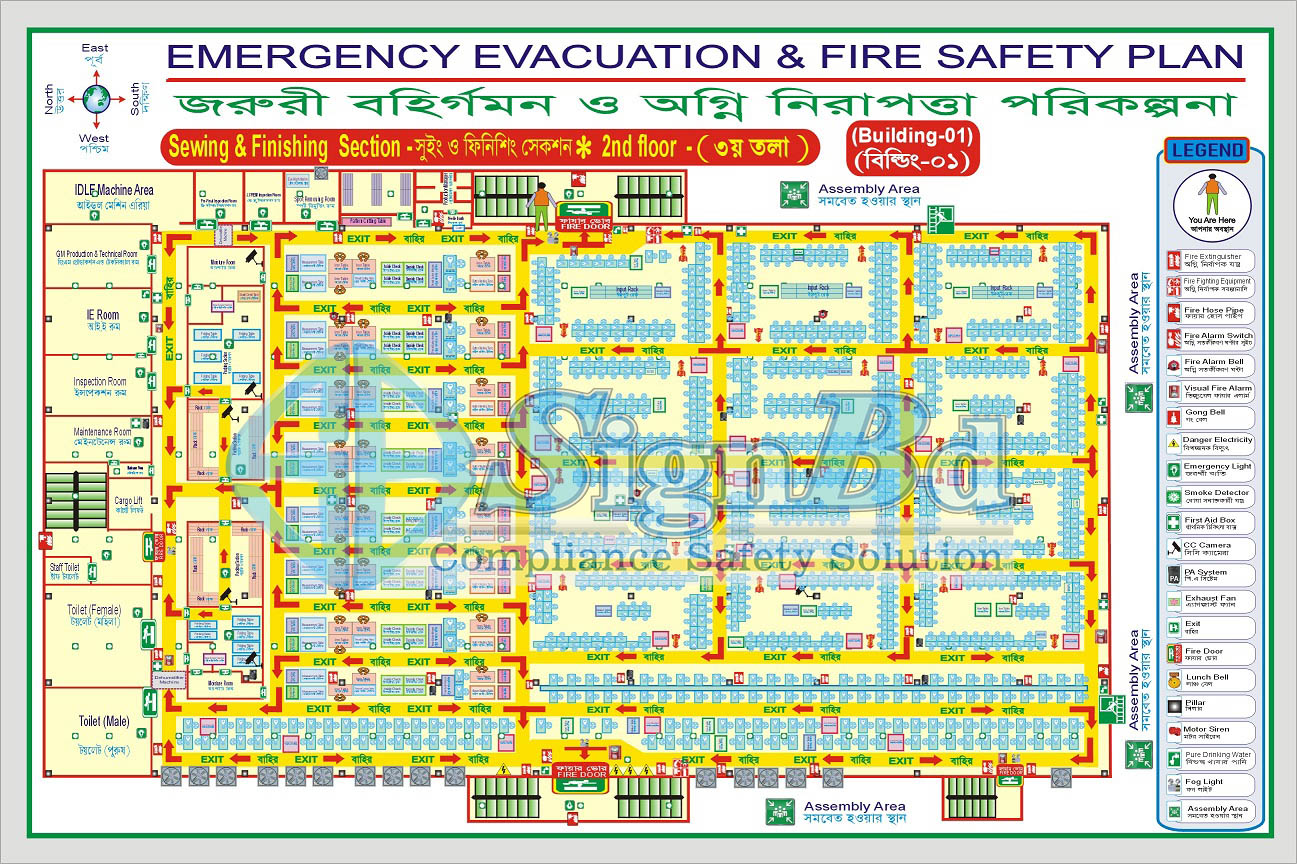
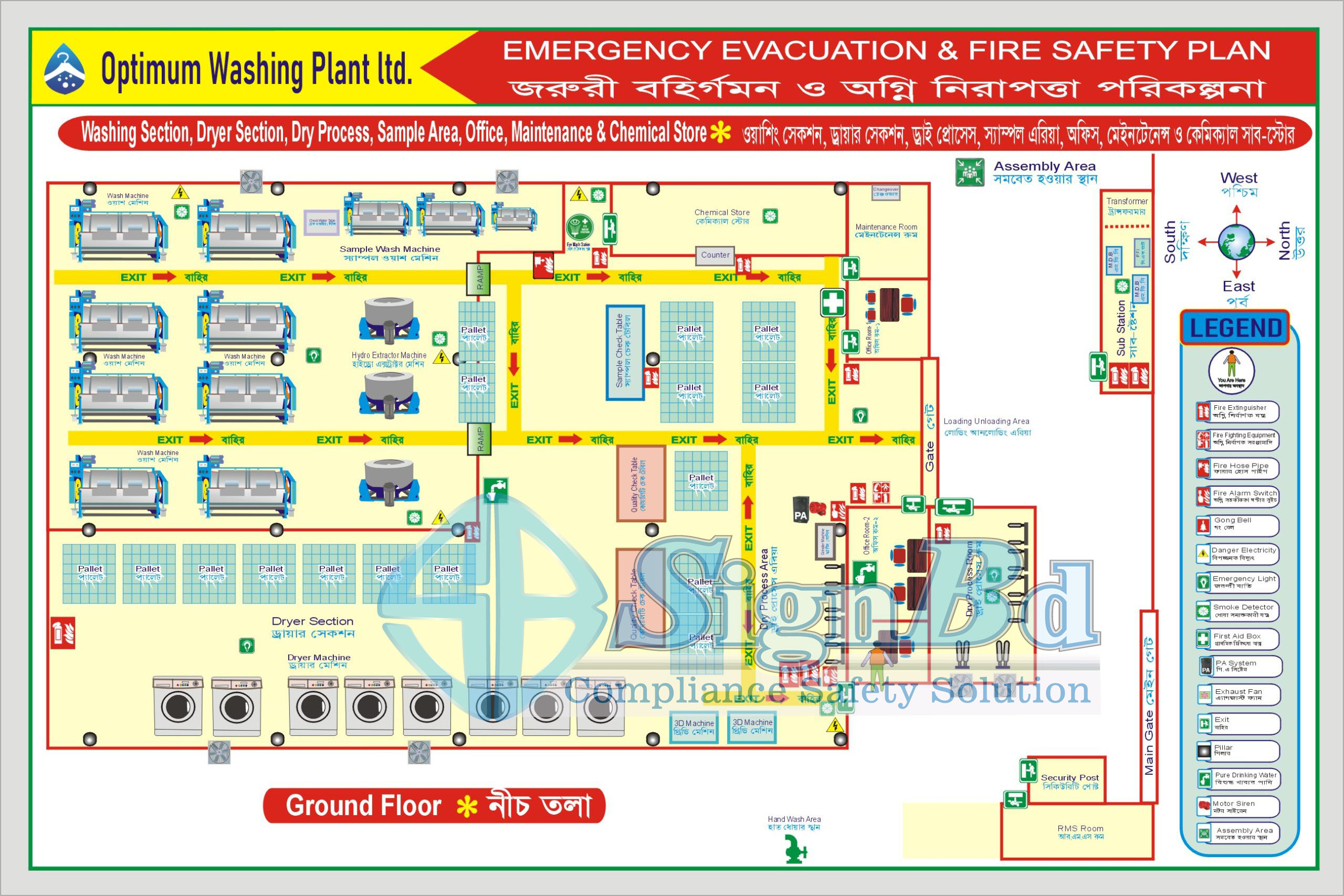
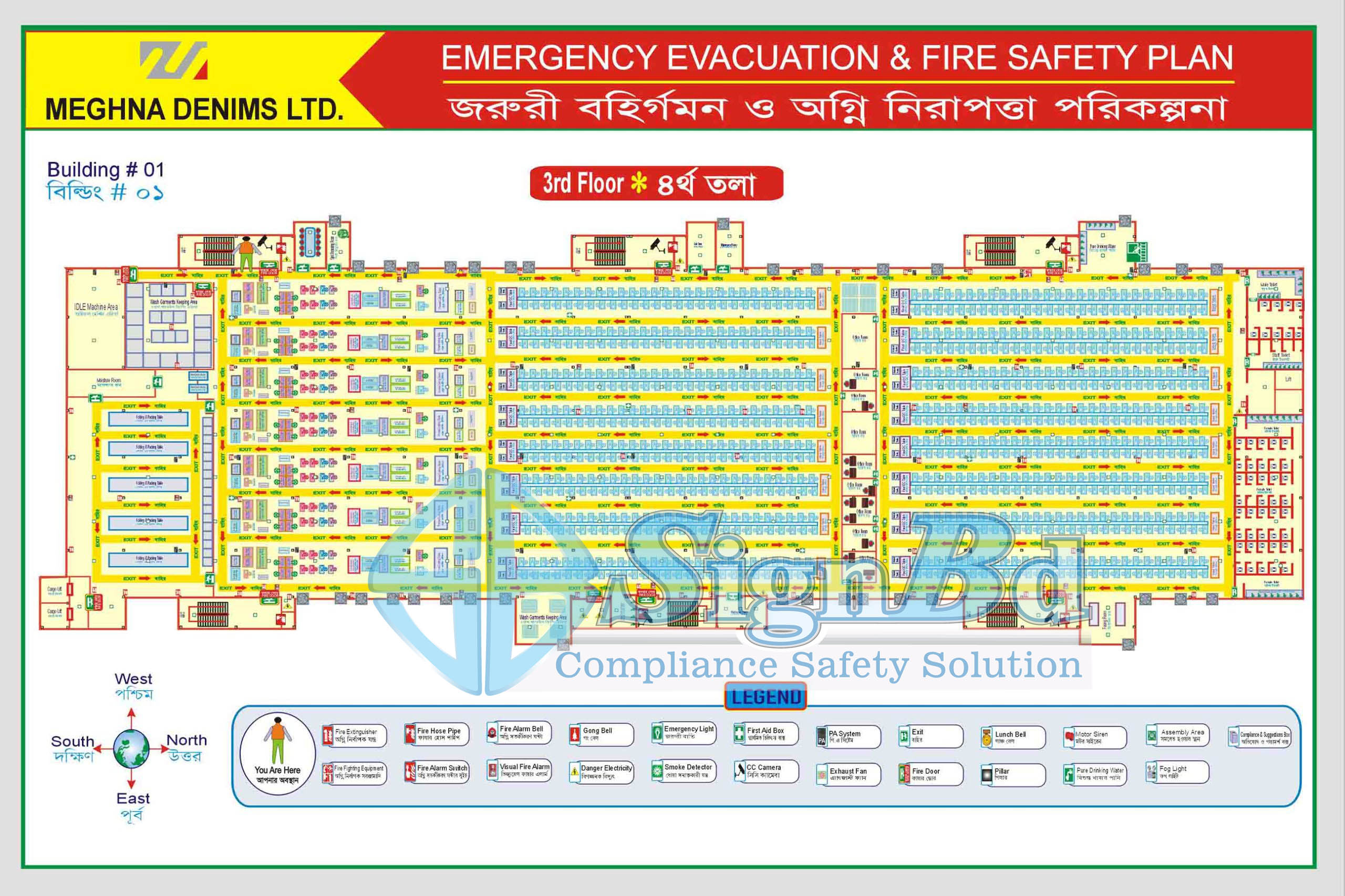
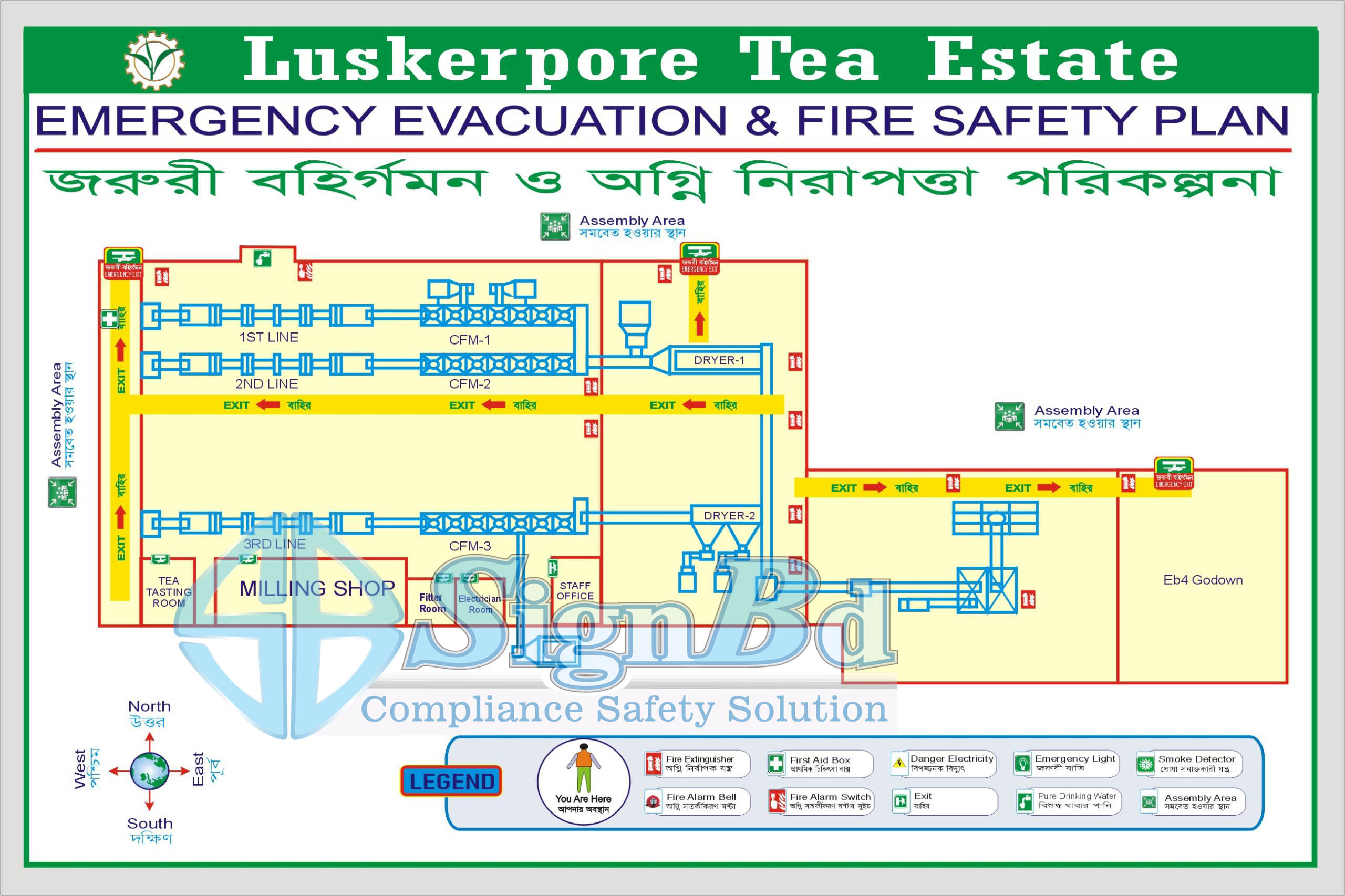
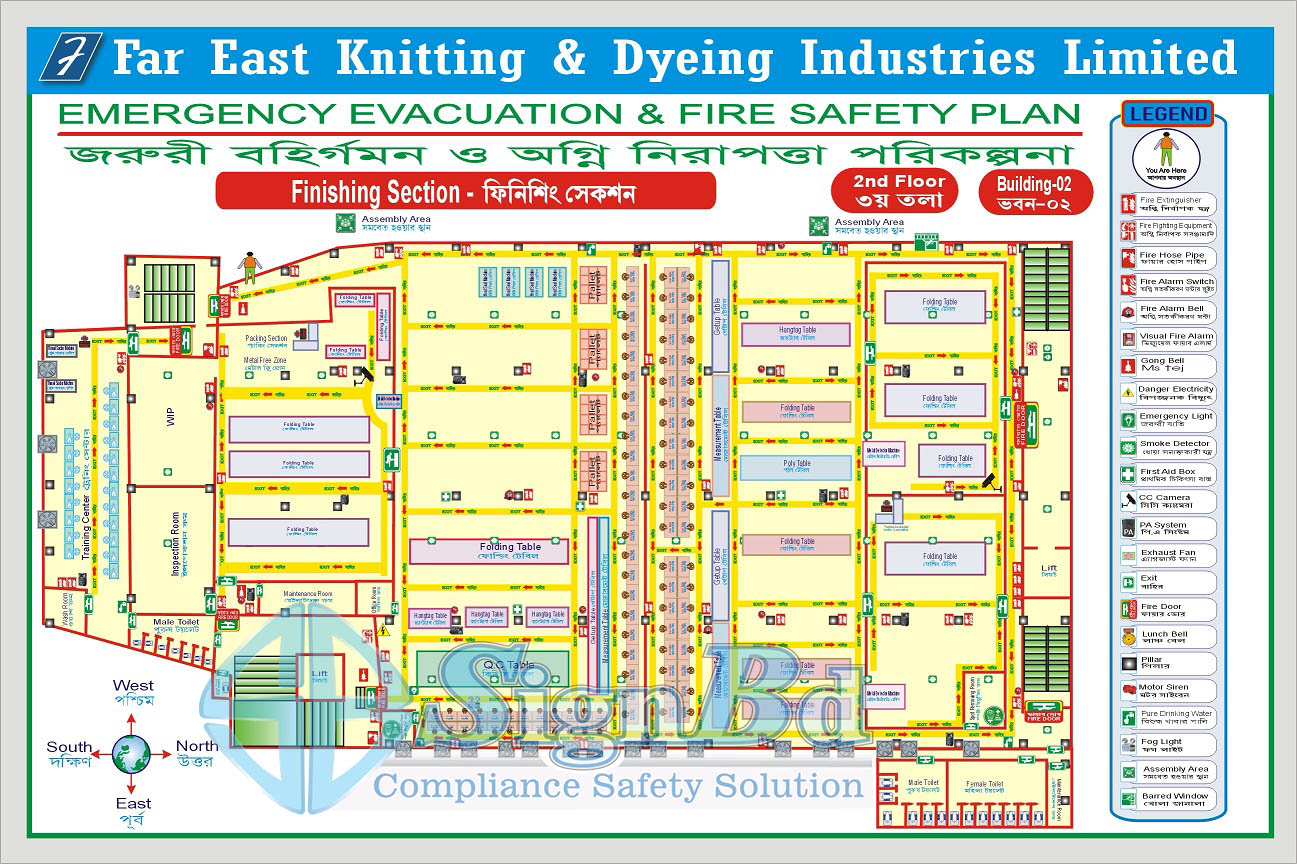
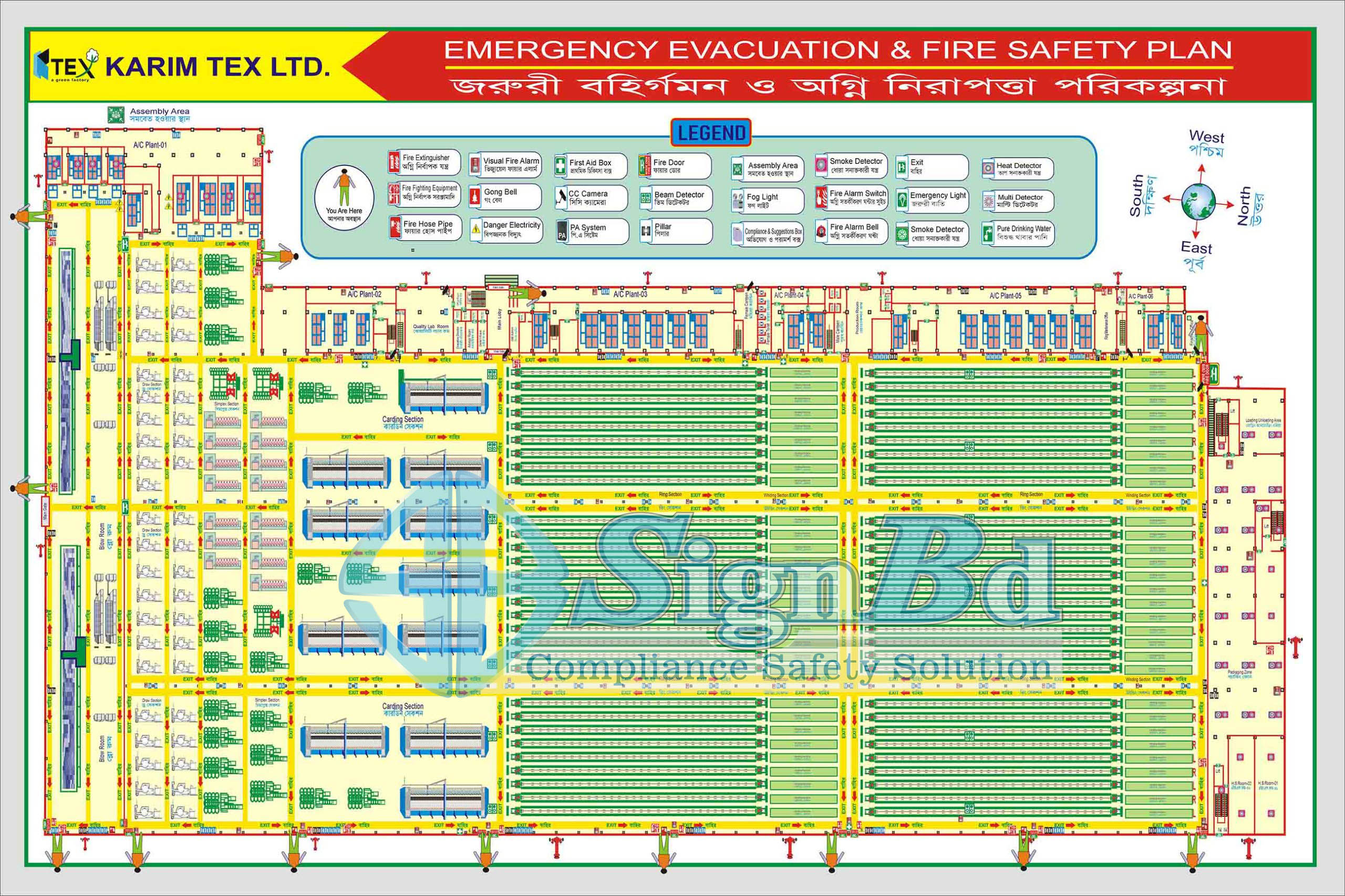
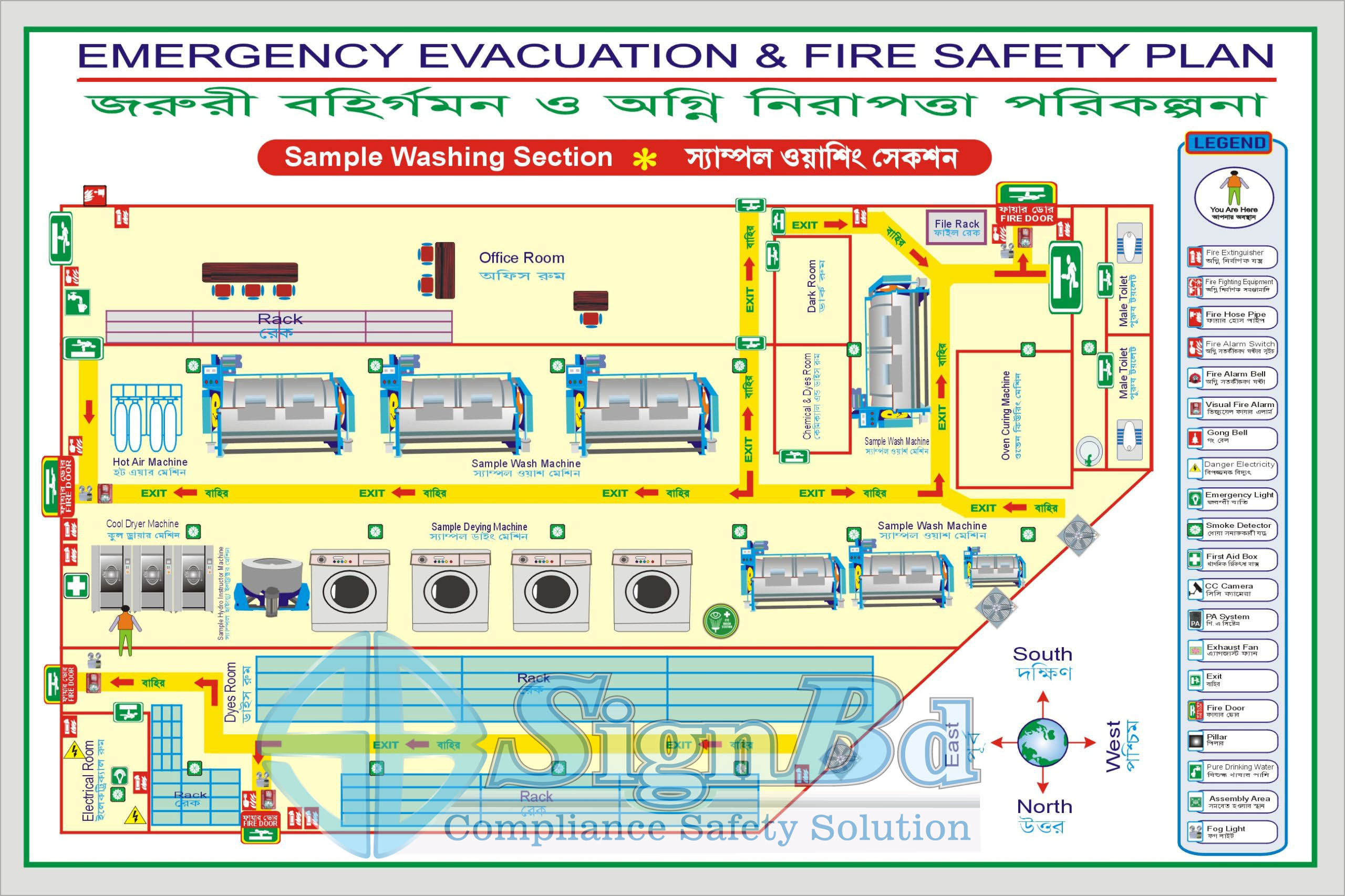
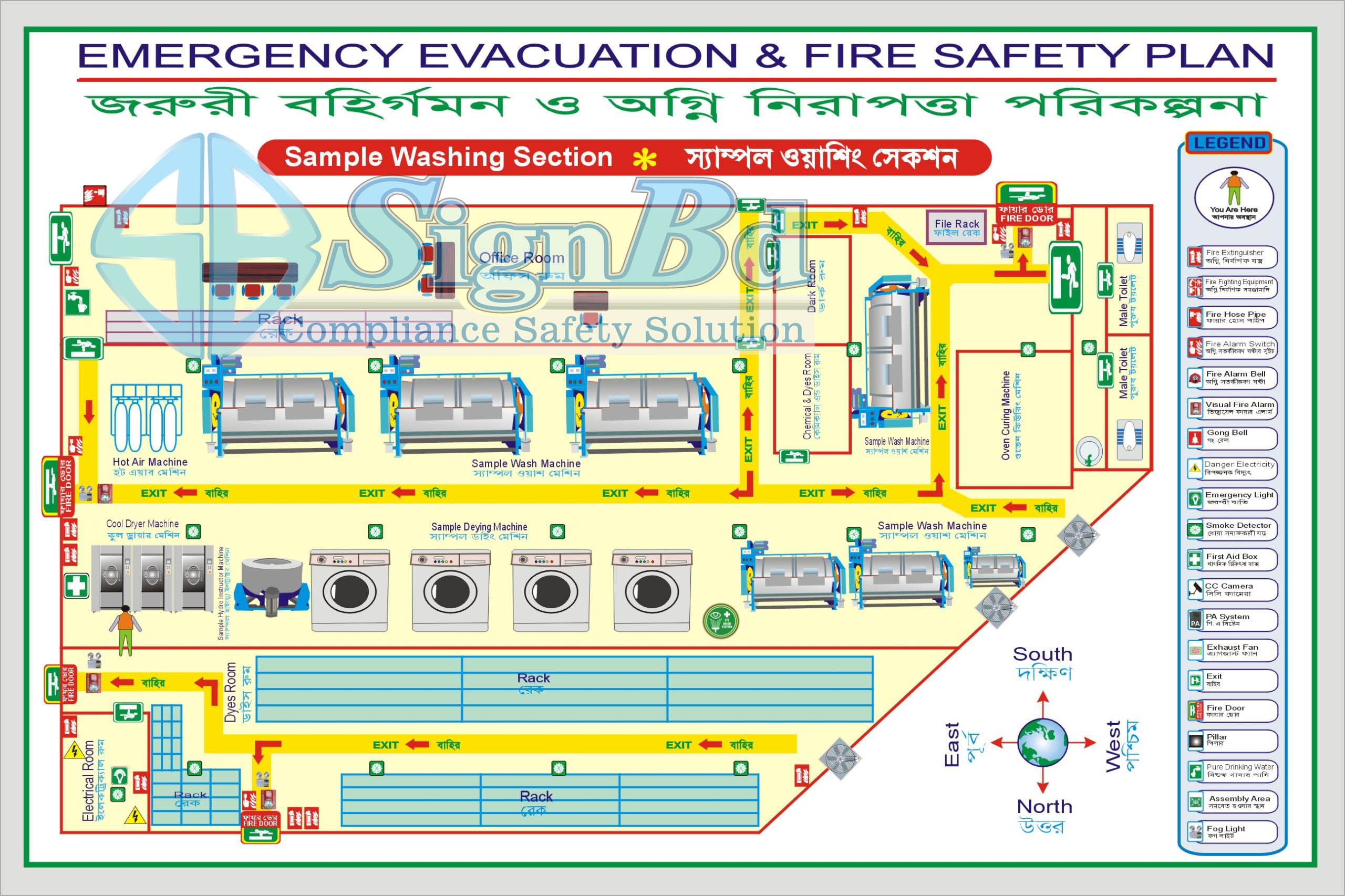

Compliance-Related Custom Sign Design
In ensuring safety and compliance in various industries, having the right signage is crucial.
SignBd specializes in compliance-related safety signs, risk assessments, flow charts, operating procedures, policies, MSDS, fire safety evacuation floor plans (drawing designs), fire safety signs.
Compliance-related safety signs, and chemical safety signs are custom designed.
We have completed expertise in Garment Factories, Green Factories, Textile and Shoe Factories, Pharmaceutical Companies, Washing Factories, Foods, Dyeing Factories, Dyeing Finishing, Tannery and ETP industries.
US and European buyers are active in these industries.
SignBd is experienced in custom sign design according to Fire Safety Evacuation Floor Plan category.
Our expertise spans since 2006.
Wherever you are? Share your plan with us. Our team is always ready to serve you.
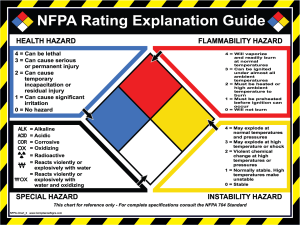
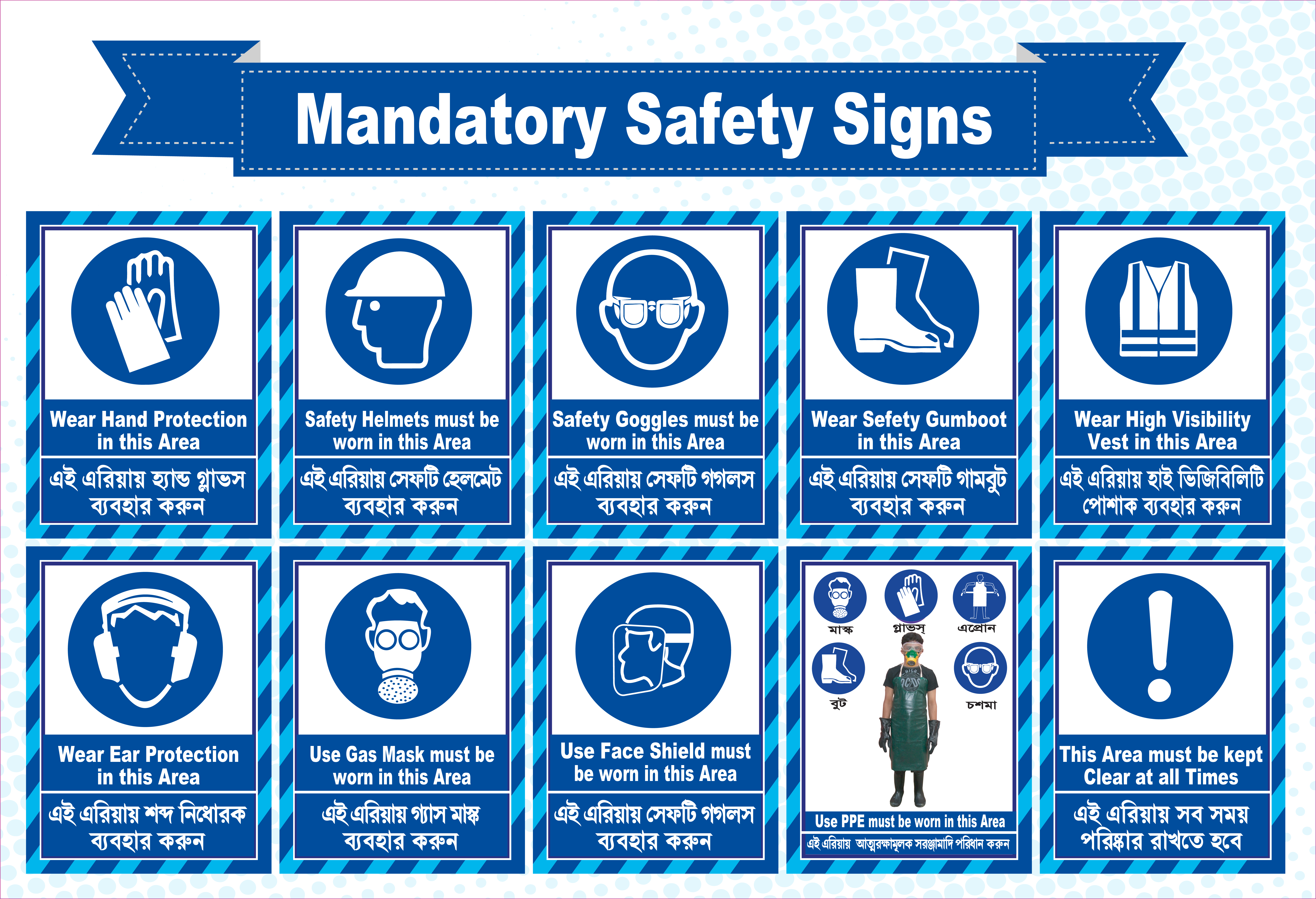

Gate in Touch:
Copyright © 2006 | Powered by signbd
